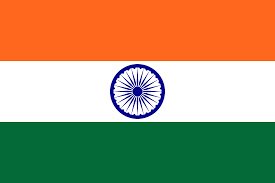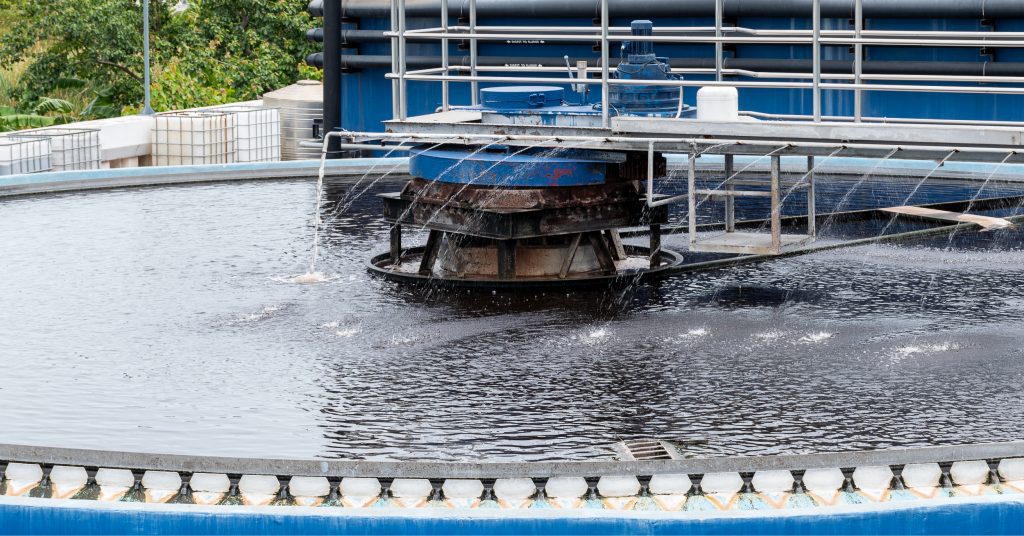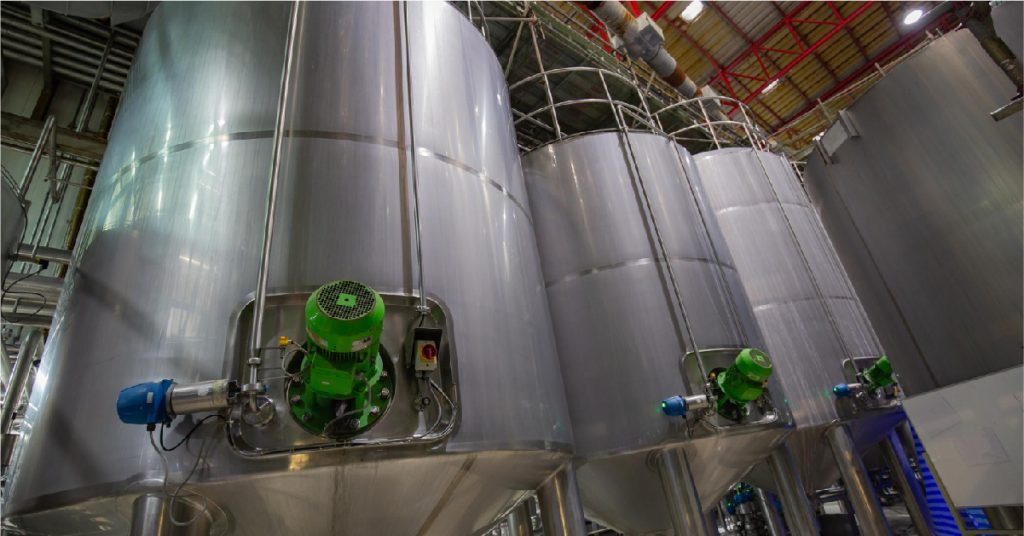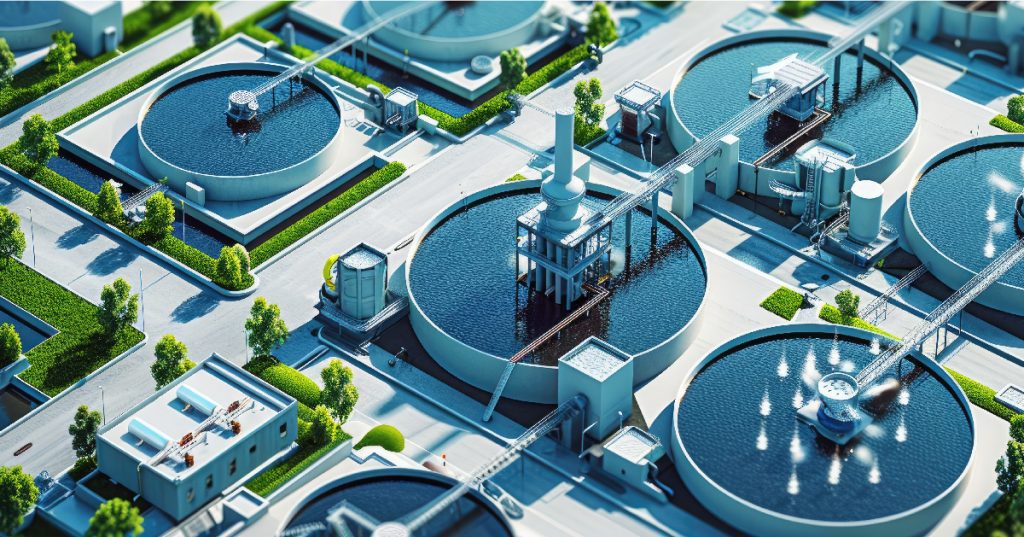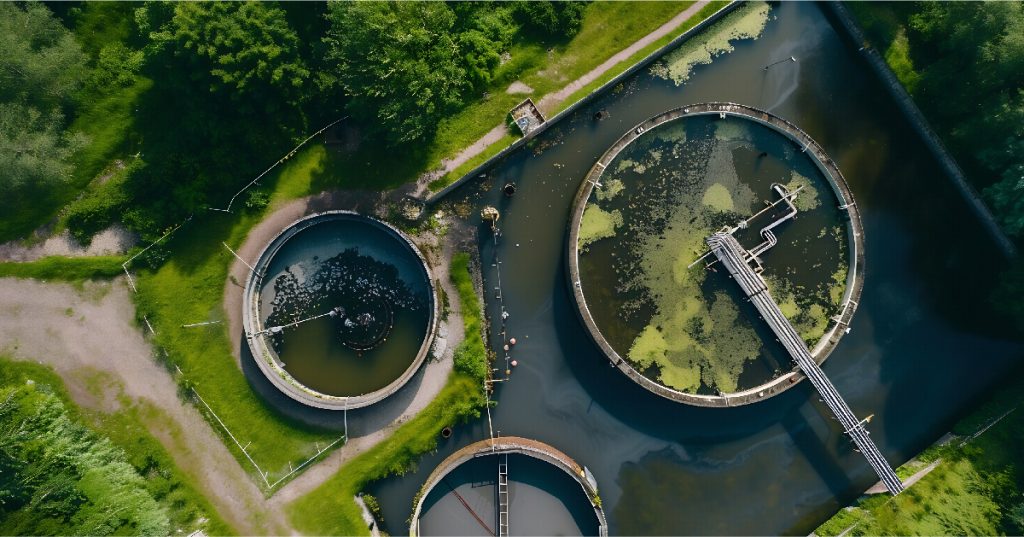Effective wastewater management is a critical challenge facing India, driven by rapid urbanization, population growth, and increasing industrialization. Proper wastewater management is essential to protect public health, conserve water resources, and sustain the environment.
India’s government has made strides in wastewater treatment, with significant investments in infrastructure and technology to ensure the safe disposal and reuse of wastewater. In this blog, we explore key techniques in wastewater management today in India, emphasizing the importance of wastewater management plants and highlighting what is wastewater management.
What Is Wastewater Management?
Wastewater management refers to the process of collecting, treating, and safely disposing of or reusing wastewater from residential, industrial, and agricultural sources. The objective of wastewater management is to reduce pollution, prevent contamination of water bodies, and reclaim wastewater for beneficial uses like irrigation, industrial processes, and groundwater recharge.
A wastewater management plant is a facility designed to treat and purify wastewater to meet specific standards before it is discharged into natural water bodies or reused for other purposes. The efficiency and effectiveness of these plants rely on the application of various techniques aimed at removing contaminants and ensuring environmental sustainability.
Key Techniques in Wastewater Management in India
- Primary Treatment in Wastewater Management Plants
Primary treatment is the initial stage in a wastewater management plant. It focuses on separating suspended solids from the wastewater through physical processes such as sedimentation. During primary treatment, large particles, including solids, grease, and oils, settle at the bottom, while lighter materials like oil and grease float to the top, forming scum. This stage reduces the biochemical oxygen demand (BOD) and total suspended solids (TSS), making the wastewater easier to treat in subsequent stages. - Secondary Treatment
Secondary treatment is a biological process in which microorganisms break down organic pollutants, reducing the BOD and removing dissolved contaminants. This stage typically involves activated sludge, trickling filters, or lagoons. In activated sludge systems, air is pumped into the wastewater to encourage microbial growth, which consumes the organic matter, while trickling filters use biological growth on a surface to remove pollutants. - Tertiary Treatment
Tertiary treatment is the final stage of wastewater management, designed to remove nutrients such as nitrogen and phosphorus, as well as any remaining contaminants that are not eliminated by primary or secondary treatment. This stage typically uses advanced filtration methods, chemical addition, or disinfection processes like chlorination or UV treatment. - Sludge Treatment and Disposal
Sludge is the by-product of wastewater treatment, resulting from primary and secondary treatment stages. Effective sludge management is a vital component of wastewater management plants, as improper disposal can cause environmental pollution and pose health risks. - Use of Advanced Technologies
The adoption of advanced technologies has revolutionized wastewater management in India. Technologies such as membrane bioreactors (MBRs), ultrafiltration, and reverse osmosis (RO) have improved the efficiency and effectiveness of wastewater treatment plants. These technologies enable the removal of even smaller contaminants, such as microorganisms and trace pollutants, ensuring cleaner and safer water. - Wastewater Reuse and Resource Recovery
In India, water scarcity is a growing concern, particularly in regions affected by drought and climate change. Wastewater reuse and resource recovery have emerged as critical components of modern wastewater management techniques. Treated wastewater can be reused for non-potable purposes like irrigation, industrial cooling, and groundwater recharge.
Cutting-Edge Waste Water Treatment Solutions by Ion Exchange
Ion Exchange pioneers water management solutions by focusing on wastewater recycling and source reduction, while their waste management systems emphasize product recovery and waste minimization. They utilize integrated systems that incorporate innovative, energy-efficient, and cost-effective technologies like membranes, advanced oxidation, and evaporation. These systems conserve water by recycling wastewater and recovering valuable products for reuse, achieving zero liquid discharge objectives. This not only provides customers with a strong return on investment but also contributes to environmental protection.
Ion Exchange carefully selects the most appropriate technologies based on thorough studies, surveys, and pilot testing. Their solutions cater to various industries, including power plants, fertilizers, electronics, textiles, chemicals, food & beverage, pulp & paper, pharmaceuticals, and automotive sectors, enabling efficient recovery and reuse of water and products. Our products include:
Conclusion
Effective wastewater management in India is essential for addressing water scarcity, protecting the environment, and supporting economic growth. Key techniques such as primary, secondary, and tertiary treatment, sludge management, and the use of advanced technologies like ultrafiltration play a crucial role in the efficiency of wastewater management plants. With the right expertise, investments, and innovative solutions, India can overcome its water management challenges and secure a sustainable water future.
